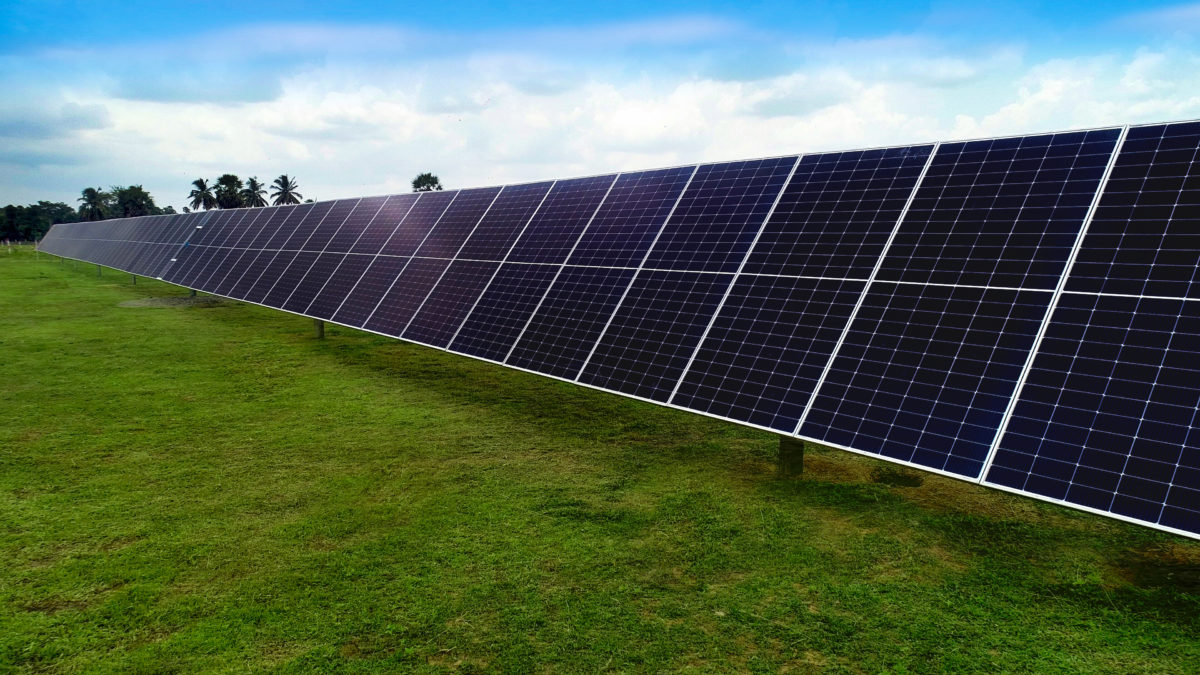In its recent Energy Infrastructure Update, the Federal Energy Regulatory Commission (FERC) reported energy capacity additions through the first nine months of 2022. Renewable energy, including solar, wind, hydropower, biomass, and geothermal, has reached new heights, now accounting for 27% of all generating capacity in the United States.
FERC tracks queued projects. Those that have progressed to a level of development that they are likely to be completed are considered “high probability additions.” Through 2025, FERC forecasts solar to carry the banner for U.S. energy buildout.
Solar has 72 GW of high probability additions queued through 2025. This will add to the 77 GW of active solar capacity on the grid today, effectively doubling solar in three short years.
The 77 GW expected from solar is the lion’s share of the 110 GW of high probability additions, with wind following, adding 18 GW, and gas with 17 GW expected.
There is a whopping 206 GW of projects in the queues in total, but some projects will be speculative, and others may run into interconnection approval issues or be delayed beyond 2025.
In terms of deployment, solar led the way with 6.51 GW added January through September, though it trailed last year’s deployment of 9.5 GW through nine months. Wind followed with 6.3 GW added, outpacing natural gas, which added 6 GW through nine months this year.
As a portion of the grid’s total capacity, wind now represents 11.23%, hydropower 8.05%, solar 6.14% biomass 1.22%, and geothermal 0.32%. The group contributes 27% of all capacity, nearly double its representation from ten years ago, when it supplied under 15% of the grid’s generative capacity. Natural gas is still the dominant source of electricity generation, with the carbon-emitting source being burned to supply 44% of the U.S. grid capacity.
Capacity retirements have been led by the fossil fuel category. Of the 41 GW retired this year, 19 GW was coal, and 17.5 GW was natural gas. Solar represented the only technology to not report any utility-scale capacity retirements this year.
FERC highlighted a few landmark project activations this year, including:
- 150 MW Wood County solar project in Wisconsin
- 275 MW Noble Solar & Storage project in Texas
- 9.4 MW Ozarks Solar project in Arkansas
- 7.1 MW Canal Road solar project in New Jersey
- 5.0 MW West Haydenville PJ solar project in Massachusetts
- 5.0 MW Uniqlo solar project in New Jersey
This content is protected by copyright and may not be reused. If you want to cooperate with us and would like to reuse some of our content, please contact: editors@pv-magazine.com.









By submitting this form you agree to pv magazine using your data for the purposes of publishing your comment.
Your personal data will only be disclosed or otherwise transmitted to third parties for the purposes of spam filtering or if this is necessary for technical maintenance of the website. Any other transfer to third parties will not take place unless this is justified on the basis of applicable data protection regulations or if pv magazine is legally obliged to do so.
You may revoke this consent at any time with effect for the future, in which case your personal data will be deleted immediately. Otherwise, your data will be deleted if pv magazine has processed your request or the purpose of data storage is fulfilled.
Further information on data privacy can be found in our Data Protection Policy.